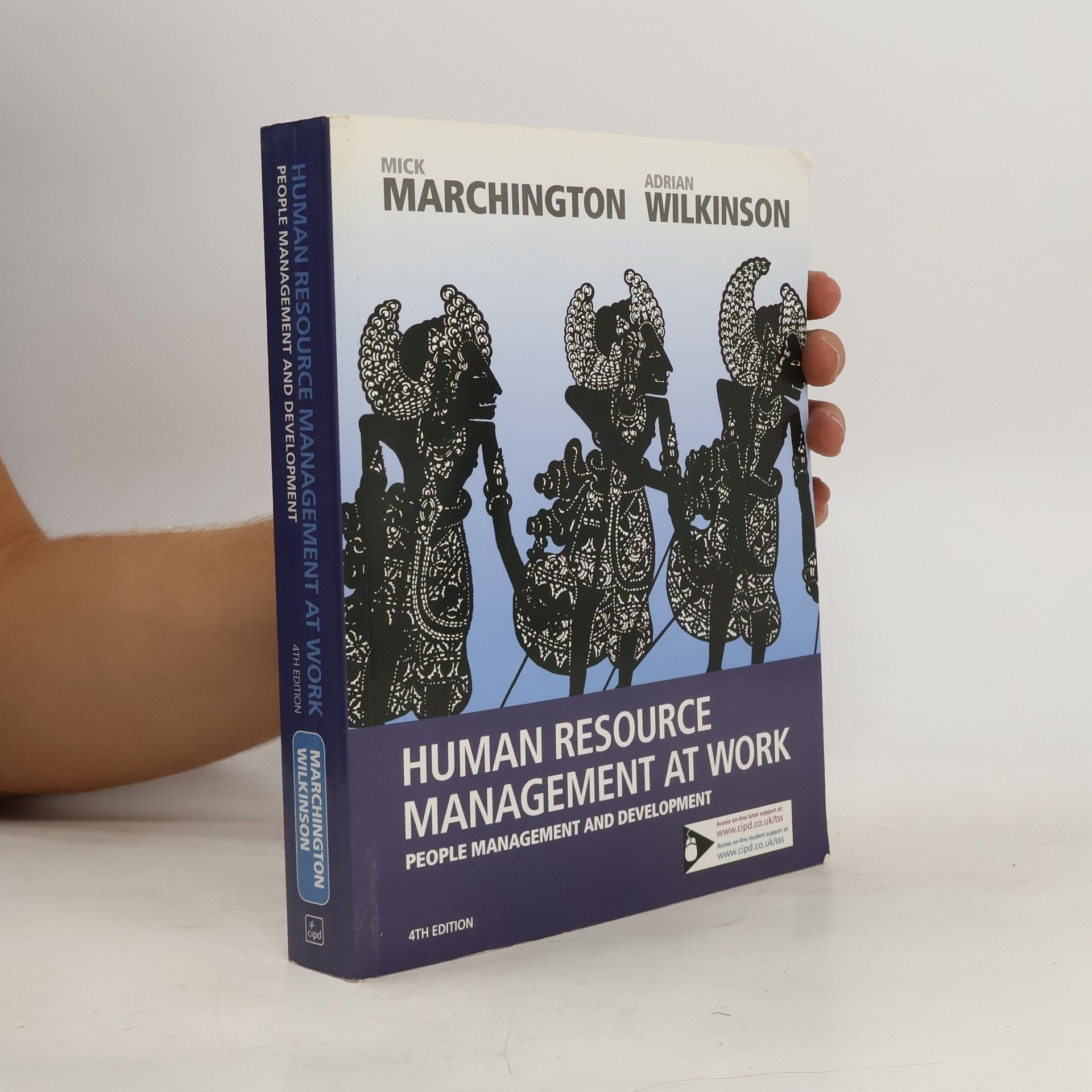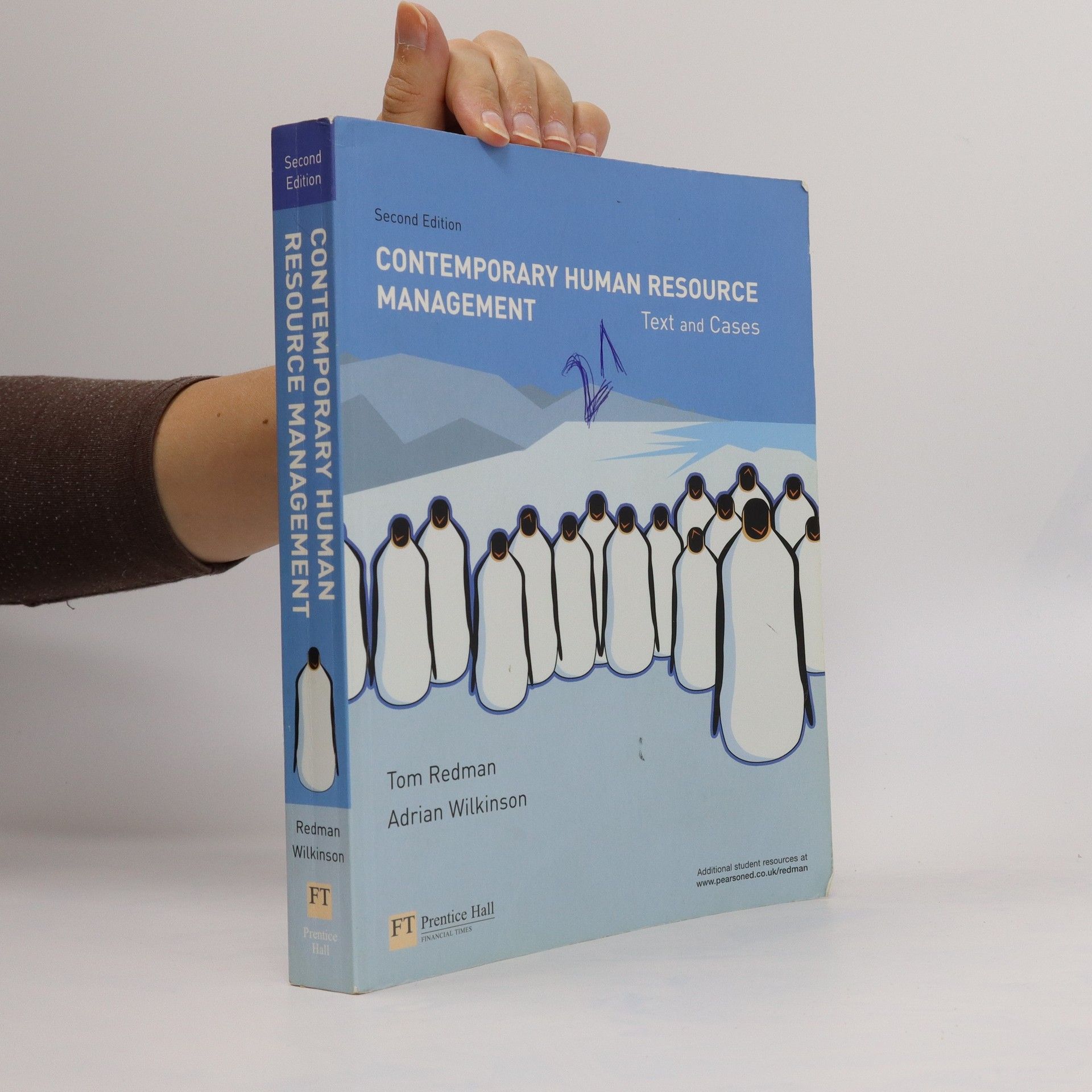Contemporary Human Resource Management
- 544pages
- 20 heures de lecture
Providing critical and pragmatic coverage of contemporary ideas in human resource management, this text looks at some of the key issues and topics in the field.





Providing critical and pragmatic coverage of contemporary ideas in human resource management, this text looks at some of the key issues and topics in the field.
Adrian Wilkinson reviews the historical development of human resource management, showing how the changes in political, legal, and macroeconomic spheres have shaped how human resources are managed. Considering HRM in a global world, he considers how it is adapting to a very different work landscape.
Written by the CIPD's chief examiner, this textbook is closely aligned to the CIPD standards and useful to anyone seeking a critical look at human resource management (HRM) theory and practice. It combines the latest academic research with practical approaches to managing HRM in the workplace.
Human Resource Management at Work
Suitable for students taking the CIPD professional qualification.
All students of core personnel and development need to appreciate the legal, institutional, national and international contexts within which organisations operate today. This book offers a definitive overview of this whole field